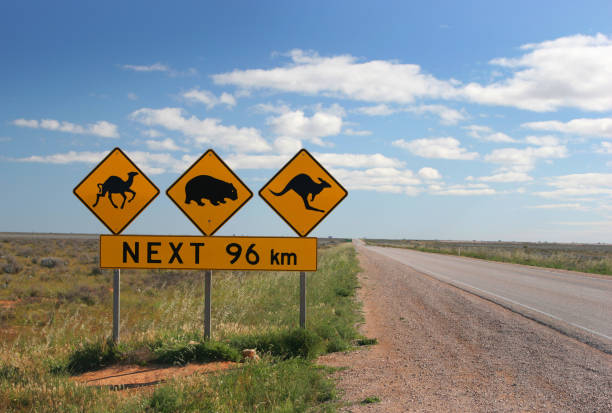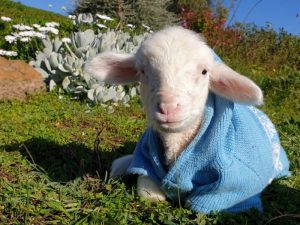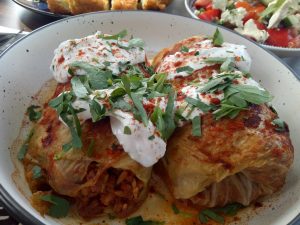Australia has an obsession with racing animals. What’s disturbing is that people will travel vast distances to watch animals being raced. It makes you wonder what the appeal is, even after you analyse the cruelty involved.
You’ll also find a predictable pattern when it comes to animal racing traditions in Australia. Wherever you find a race, you’ll always find excessive drinking and serious gambling. Sadly, travel is also matched with animal racing traditions in Australia.
Many of these events are now permanent fixtures on the Australian calendar. As a result, animal racing traditions are deeply intertwined with how Australians connect with local communities that host the events. In addition, local economies get a financial boost.
You can’t help but demand for a kinder way to boost economies without animal exploitation, binge drinking and gambling. We can start by abolishing existing animal racing traditions in Australia. Here are just three that, in my view, need to go.
Camel Racing in Regional Queensland
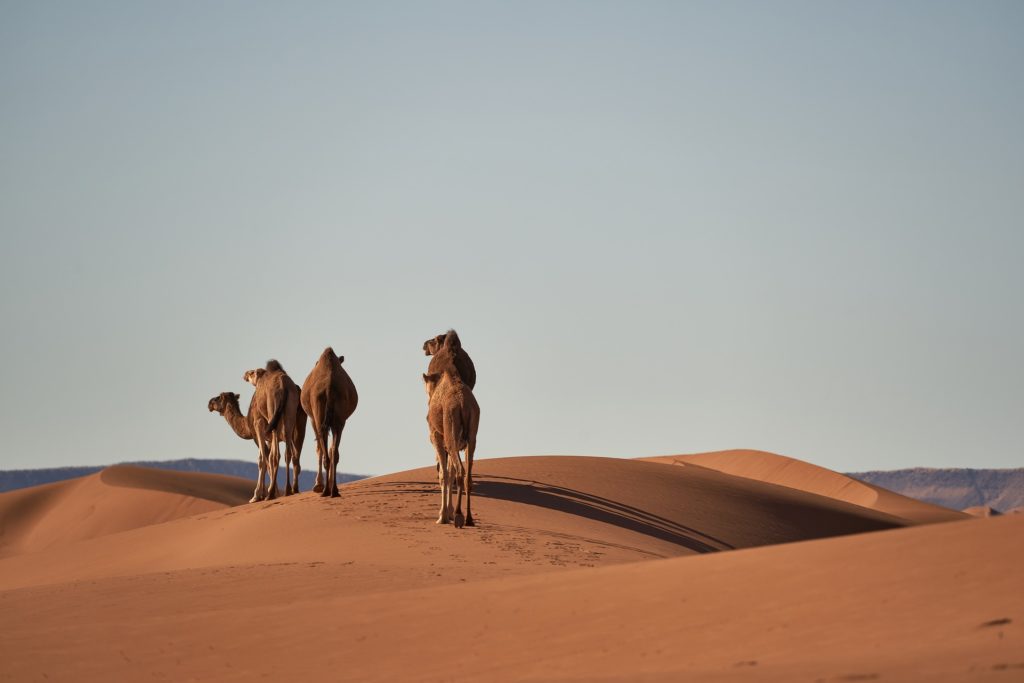
Yes, camels are in Australia. In fact, Australia has the largest wild population of Arabian camels in the world and they populate mostly desert and semi-desert areas. They were shipped to Australia by British settlers from India, Afghanistan and the Middle East in the 19th century. Afghani and Pakistani cameleers also travelled to Australia to help with the expansion of populations in Australia’s arid outback areas, using camels to transport supplies to remote communities. Because camels are an introduced species, the Australian Federal Government deems them as “pests”.
Fast-forward to present day, camels are now raced in places such as Boulia in outback Queensland. Here, the town hosts the longest-running ‘professional’ camel race in Australia which runs over two days in blistering outback heat. Riders sit on a saddle pad, but the camels are not harnessed. Rather, they ‘steer’ themselves around a U-shaped course. What’s alarming is that the race has grown to be the second-most richest camel race in Australia. Not surprisingly, one of the event’s major sponsors is an Australian bottle-shop chain.
There is little information about how the camels are captured and treated. Though, a report by the Maitland Mercury in New South Wales outlines some of the cruelties involved in camel races in its own backyard. There are questionable practices involved, from breeding to racing in unsuitable conditions.
Horse Racing in Victoria
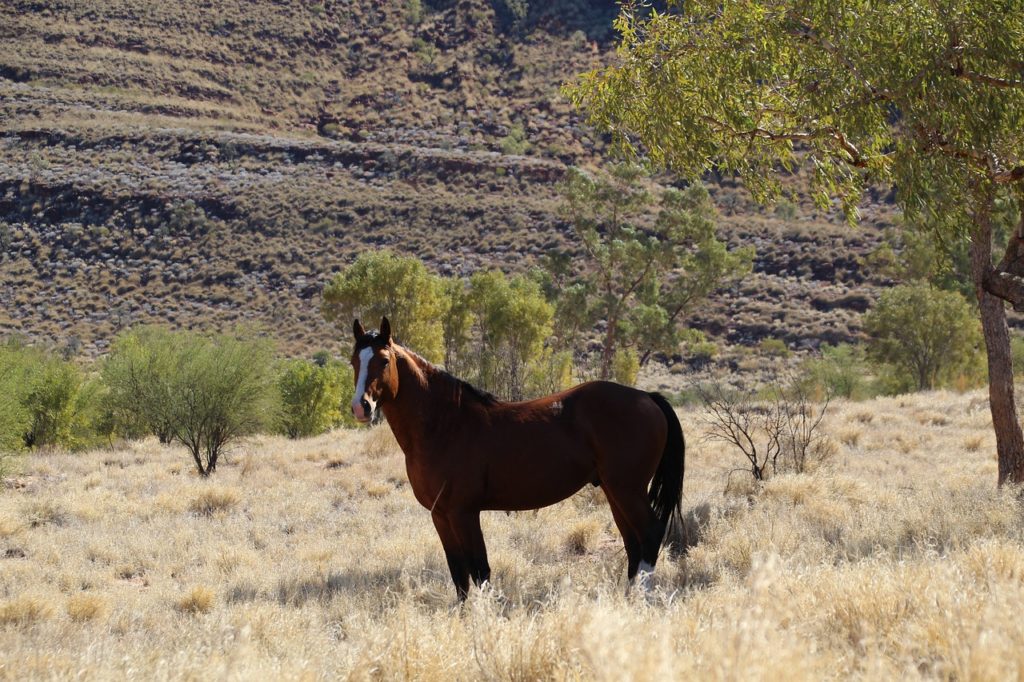
Horse racing is in all parts of Australia, but it’s particularly synonymous with Victoria. The Melbourne Cup is hosted here and it’s – what supporters say – the ‘race that stops the nation’. Quite frankly, it stops the nation for all the wrong reasons.
The race was first run in 1861 and it has since grown into a fully-fledged carnival week with all the drinking, gambling and fashion-forward frivolity that one city can muster. The Melbourne Cup is now Australia’s most famous annual thoroughbred horse race that is run on a 3200-metre track; one of the longest in the world. Again, this is one of the richest turf races in the world so thousands of race-goers travel here annually for it. Melburnians also get a public holiday because of the race.
As you can expect, horse racing comes with a dark and ugly side and Animals Australia summarises the mental and physical suffering that horses experience. Likewise, the Coalition for the Protection of Racehorses is another insightful resource. If you’re in Melbourne, you can attend their ‘Farshans on the Field’; a Melbourne Cup protest and picnic. As part of their work in recent years, the spotlight is focussing more on the deaths of horses on the track than the glamourous spectacle of the Cup’s ‘Fashions on the Field’ tradition.
Australians are now beginning to wonder whether horse-racing is something they wish to support. However, there are some that view deaths on the track as only incidental or occasional as a report by Faunalytics found. Still, horse-racing doesn’t need to be a tradition anymore.
Sheep Racing in Regional New South Wales
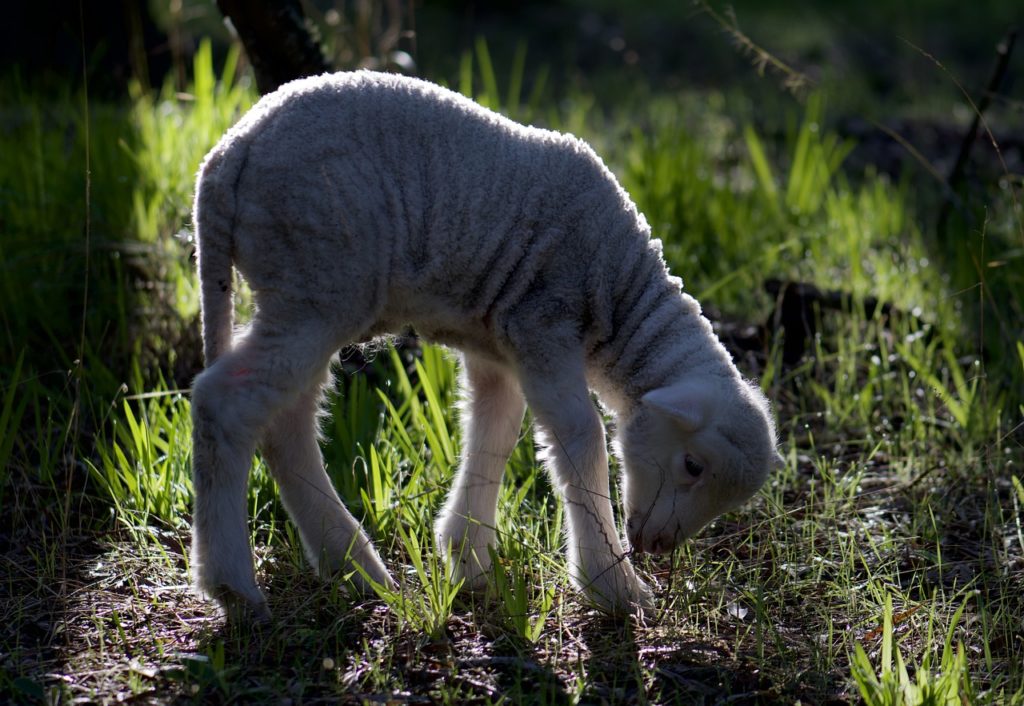
Australians love a good celebration, whether it’s a carnival or festival or concert. These event formats are continually partnered with a local industry. Take for example the Running of the Sheep in Boorowa, New South Wales. The region is best known for ‘producing’ world-renowned Merino wool and the town celebrates by hosting an annual wool week or WoolFest. One of the flagship events on its calendar is running sheep down a main street, similar to Running of the Bulls in Spain.
Merino sheep were introduced to Australian shores in 1797, so you may have heard the phrase “riding on the sheep’s back”. Basically, this refers to wool as the source of Australia’s national prosperity. Over 50% of the world’s Merino wool originates from Australia so this is another example where animal racing traditions can become entrenched in the Australian psyche.
In Boorowa, the Running of the Sheep prides itself on showing off ‘cute and cuddly’ sheep for maximum visual effect for locals and visitors. It’s a chance for spectators to ‘get up close and personal’ with their local Merino industry. However, this is a problematic approach as the race only gives a snippet of the industry; you only see the good side.
If you want to learn more about the other side of the wool industry, have a read of PETA Australia’s summary. Then, you might want to put your tourist dollars to better use by donating them towards an animal rescue group like Lamb Care Australia instead.

